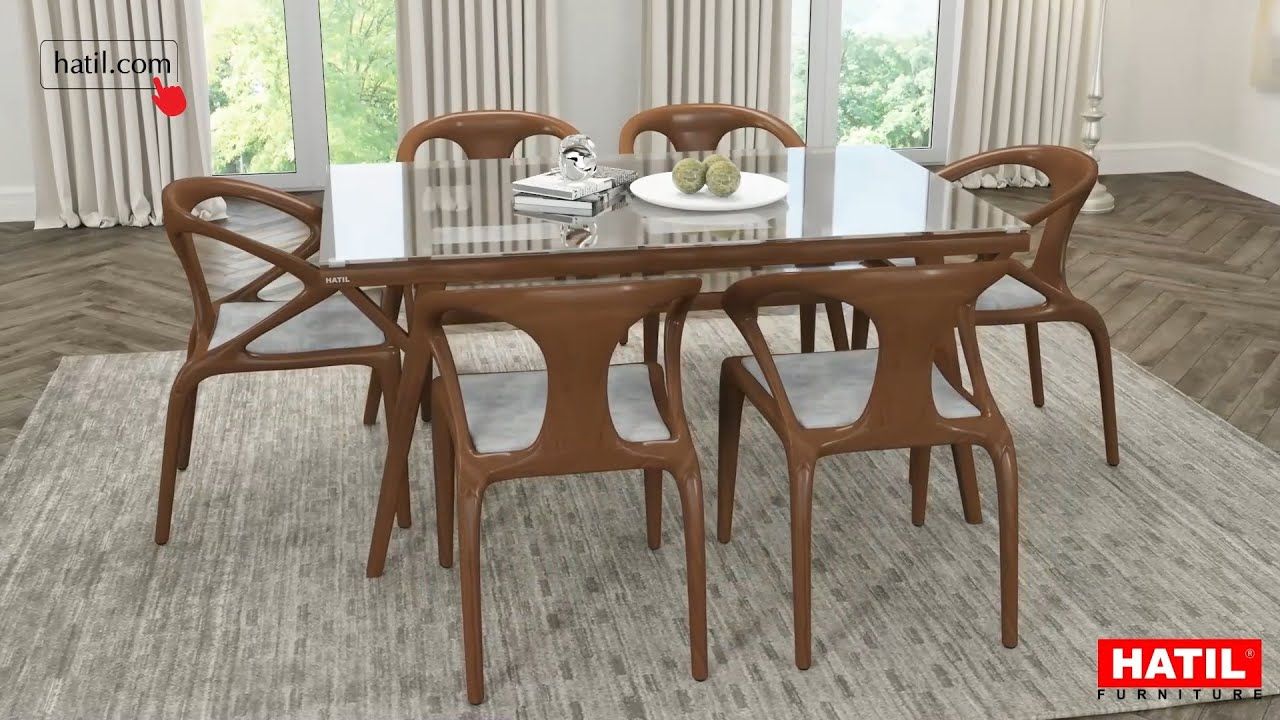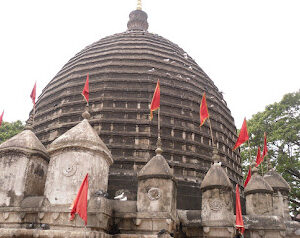Karahan Tepe (Kurdish: Girê Keçel) is an archaeological site in Şanlıurfa Province in Turkey. The site is close to Göbekli Tepe and archaeologists have also uncovered T-shaped stelae there and believe that the sites are related. According to Daily Sabah, “The excavations have uncovered 250 obelisks featuring animal figures” as of 2020. Additionally, the site may be the earliest known human village, predating the construction of Göbekli Tepe, dating to between 9,000-11,000 BCE.
The site is located near Yağmurlu and roughly 46 kilometers east of Göbekli Tepe, which is often called its sister site. It is part of the Göbekli tepe Culture and Karahan tepe Excavations project. The area is known as “Keçilitepe” by local people. It is part of a region of similar sites now being uncovered known as the Taş Tepeler.
The ancient structures at Karahan Tepe were discovered in 1997 by “researchers near the Kargalı neighborhood in the Tek Tek Mountains National Park.”
History
Necmi Karul, an archeologist at Istanbul University, told Anadolu Agency in 2019, “Last year, excavation work restarted in Karahan tepe [Kectepe] – around 60 km from where Göbekli tepe is located – and we encountered traces of special structures, obelisks, animal sculptures, and descriptions as well as similar symbolism”. The site was filled with dirt and rubble at some point, preserving T-topped columns carved into bedrock. These structures have been described as ‘phallic totems’.
Site
The Karahan tepe archaeological site covers almost 10 hectares, which increases by another five hectares if the quarries for the T-shaped columns are included.
In September 2023, Turkish and German experts discovered further sculptures from the so-called Tepeler cultures: a statue of a vulture and a 2.3 m high anthropomorphic statue were found. The naked figure, which is probably depicted as sitting, holds his phallus with both hands. The fingers and ribs were marked with deep incised lines, and a kind of V-shaped collar around the neck. This same motif is also known from other finds, such as the so-called Urfa Man, an approximately 1.8 meter high sandstone statue that was discovered in 1993 during construction work near the city of Şanlıurfa.
















Reviews
There are no reviews yet